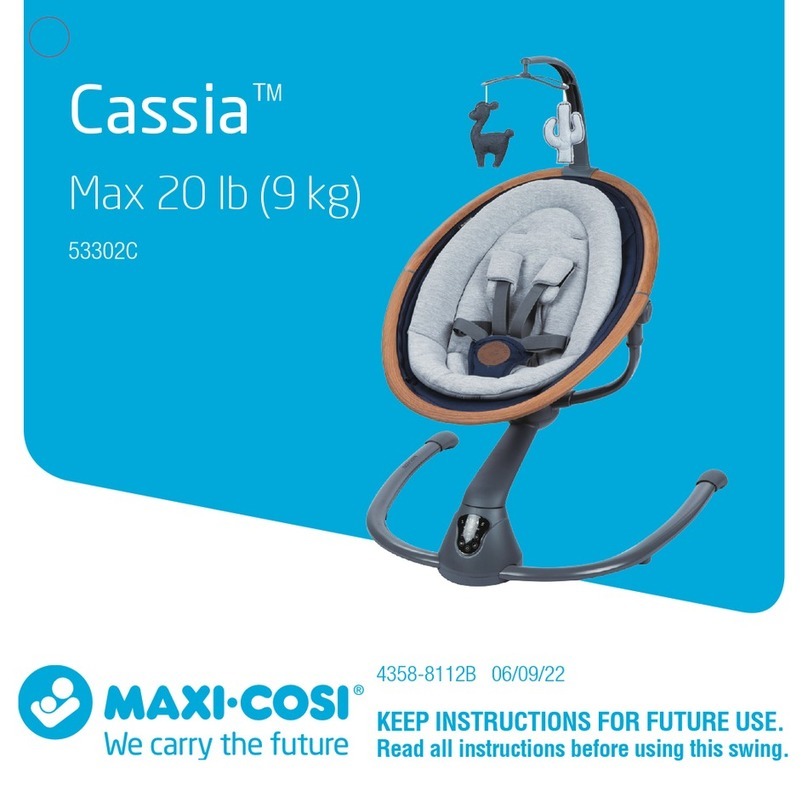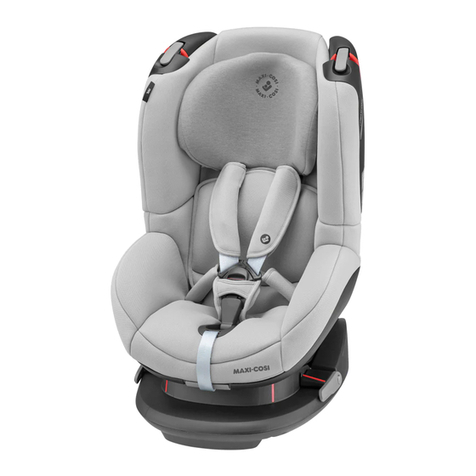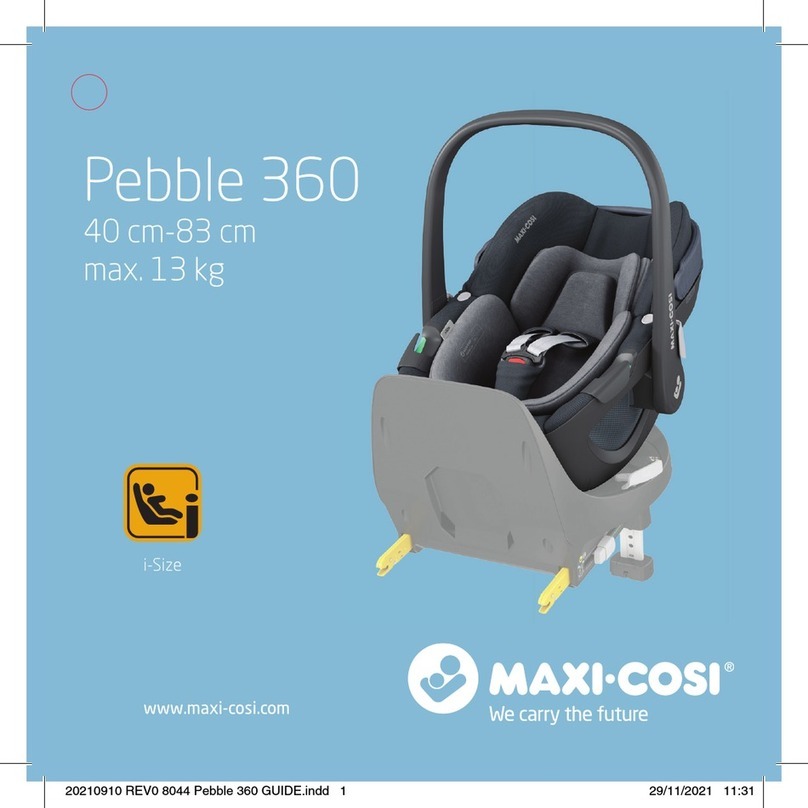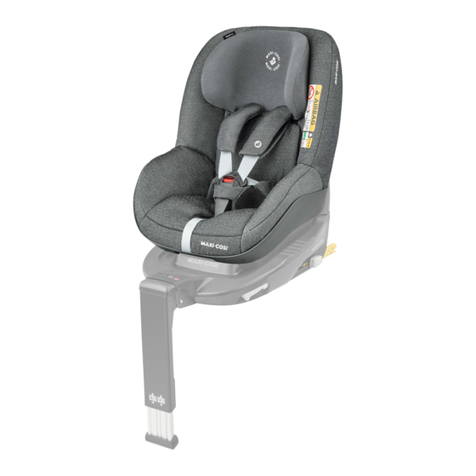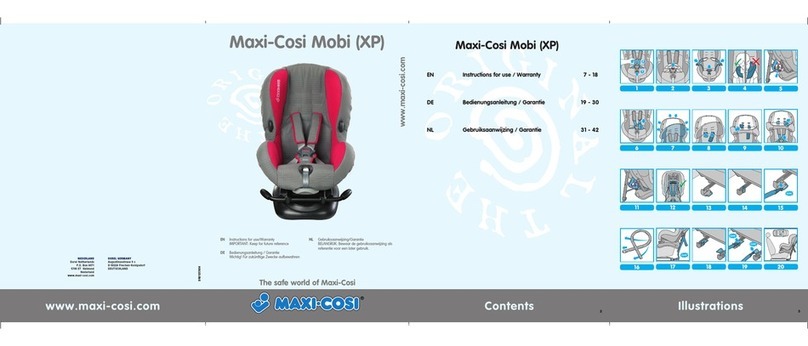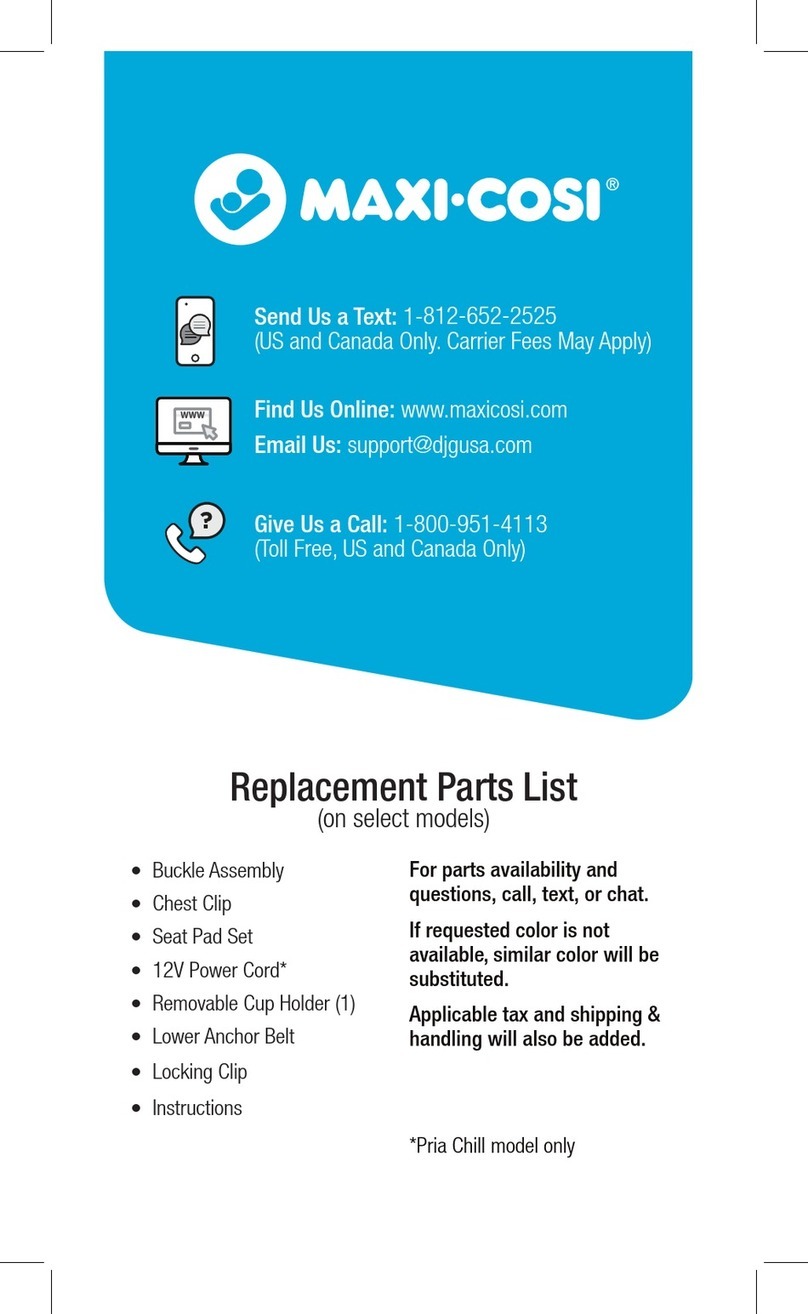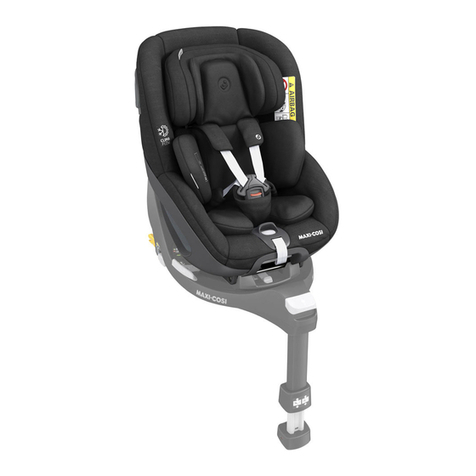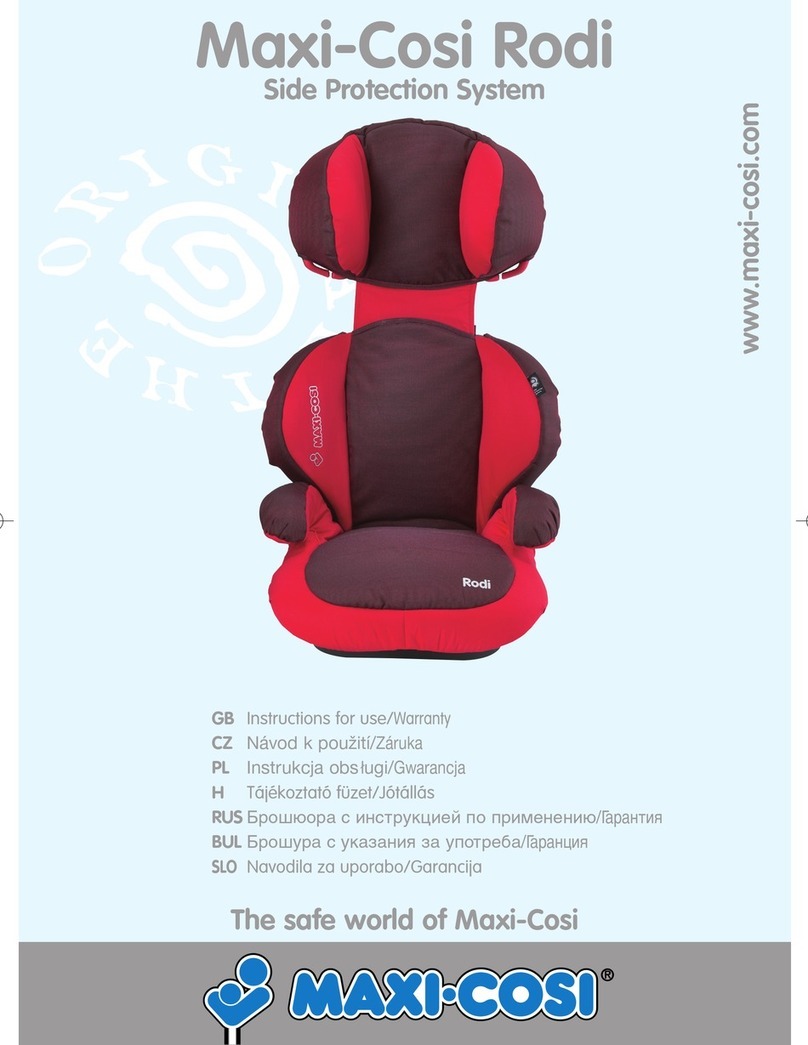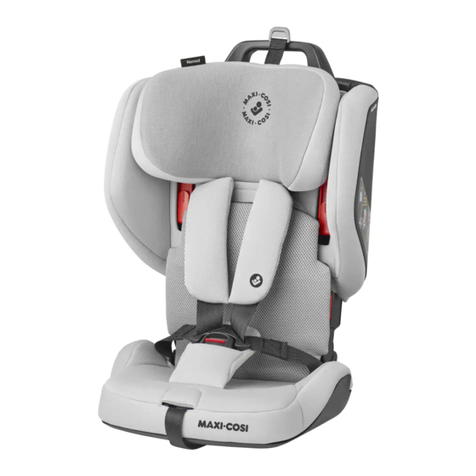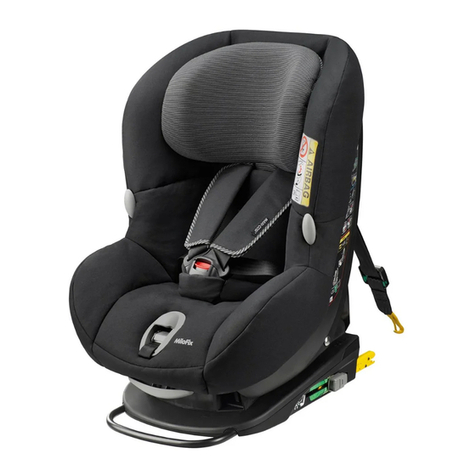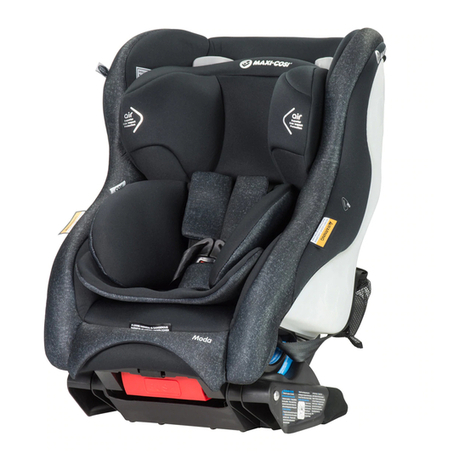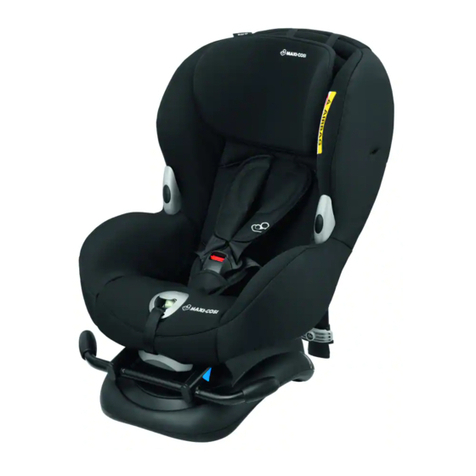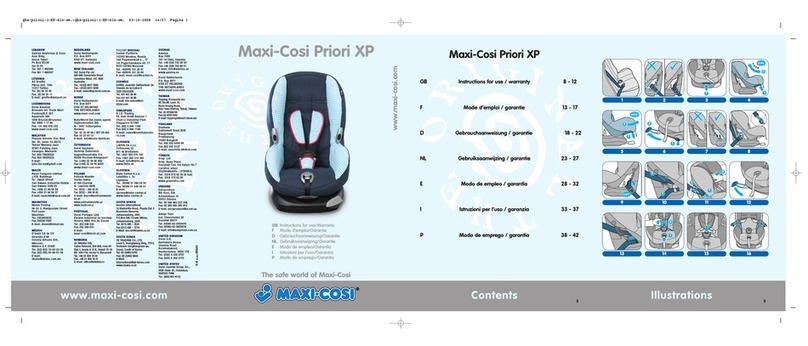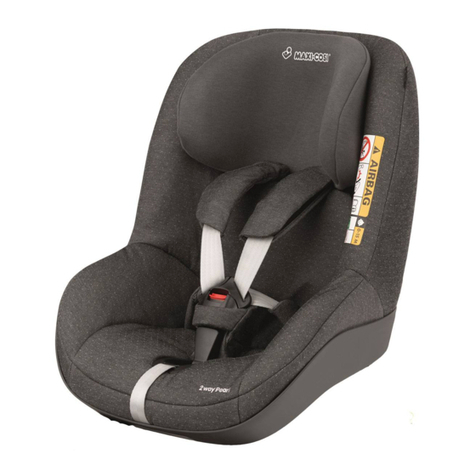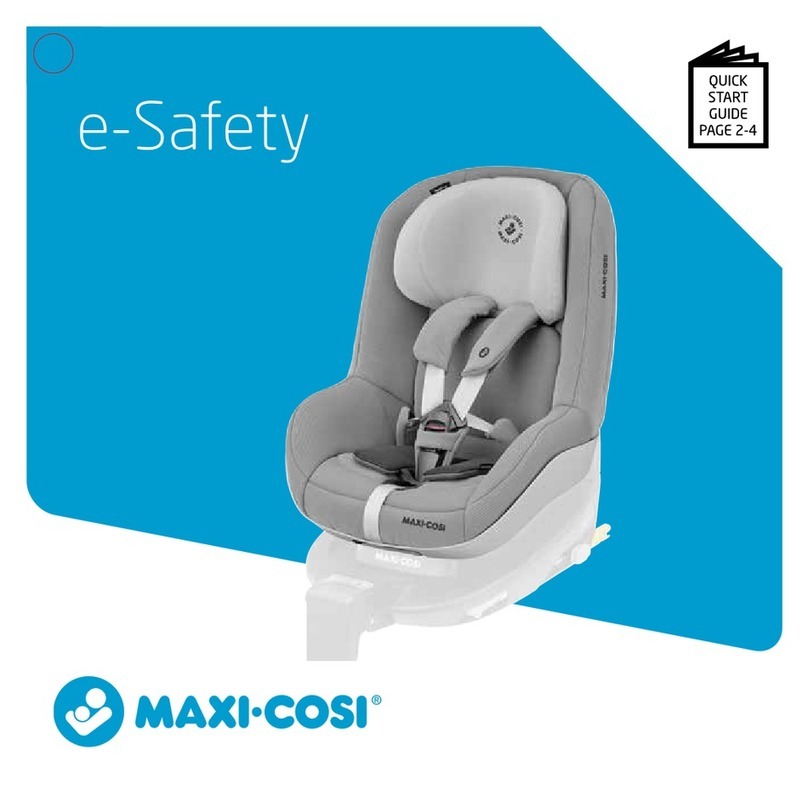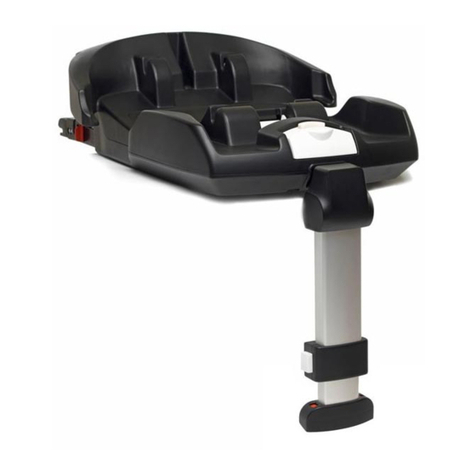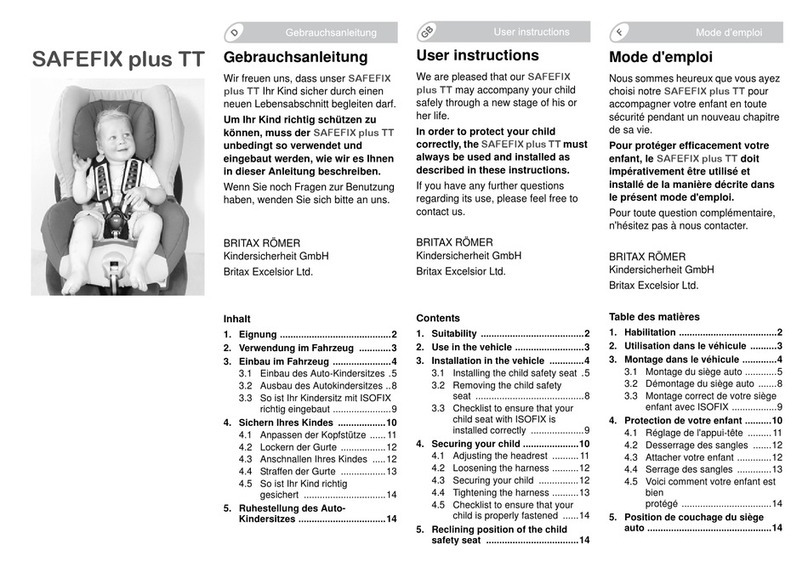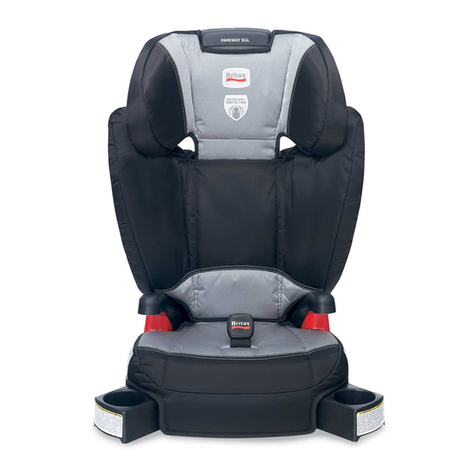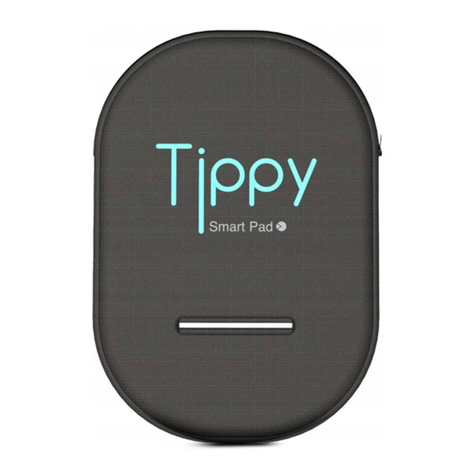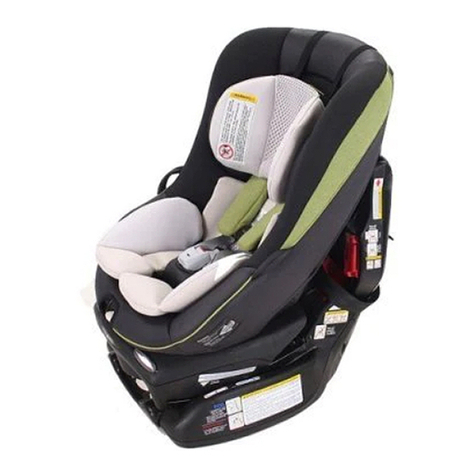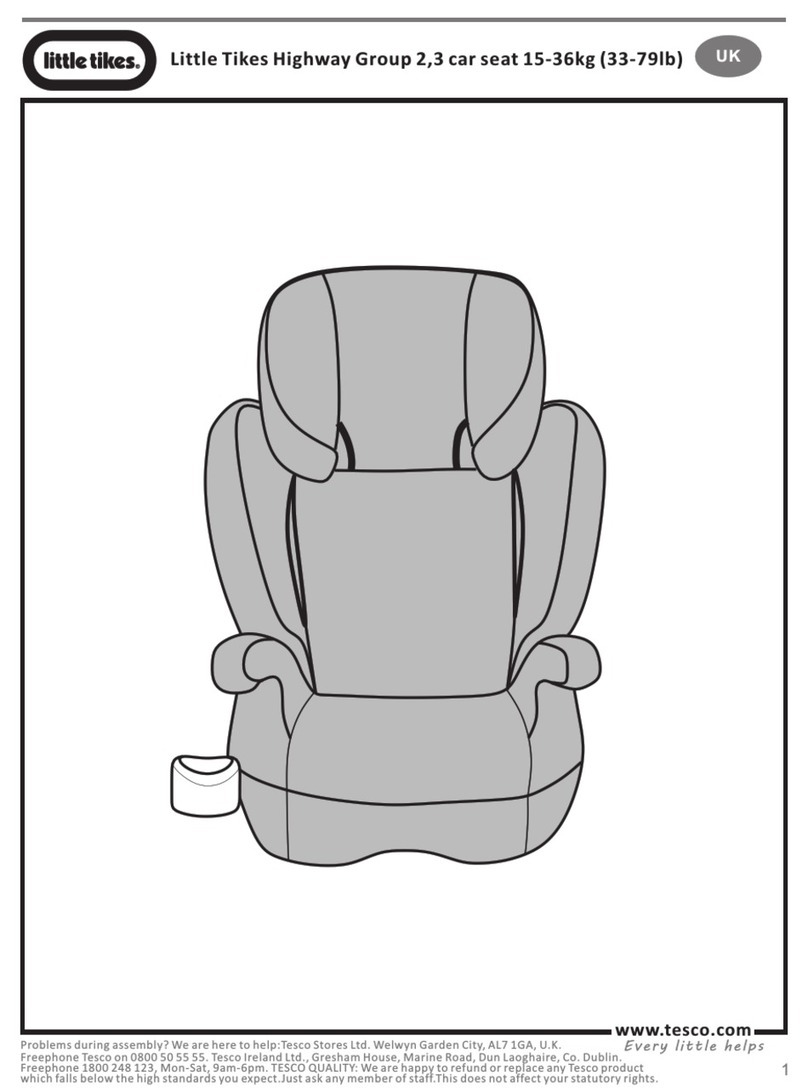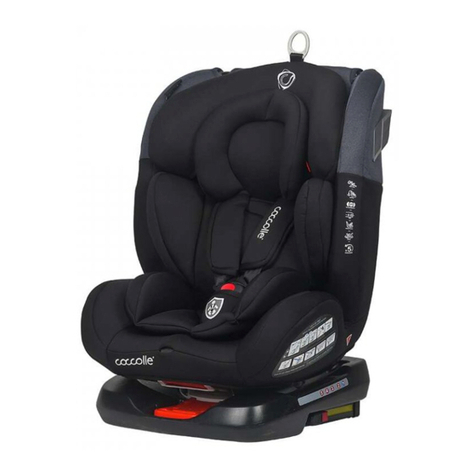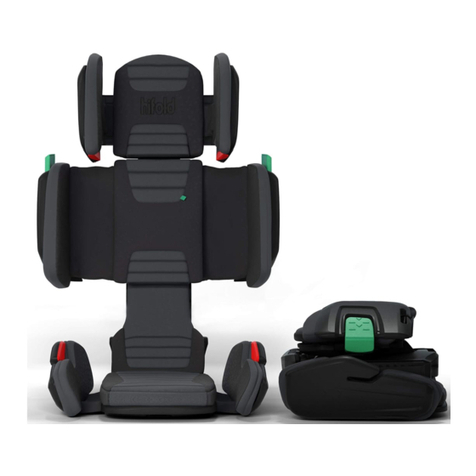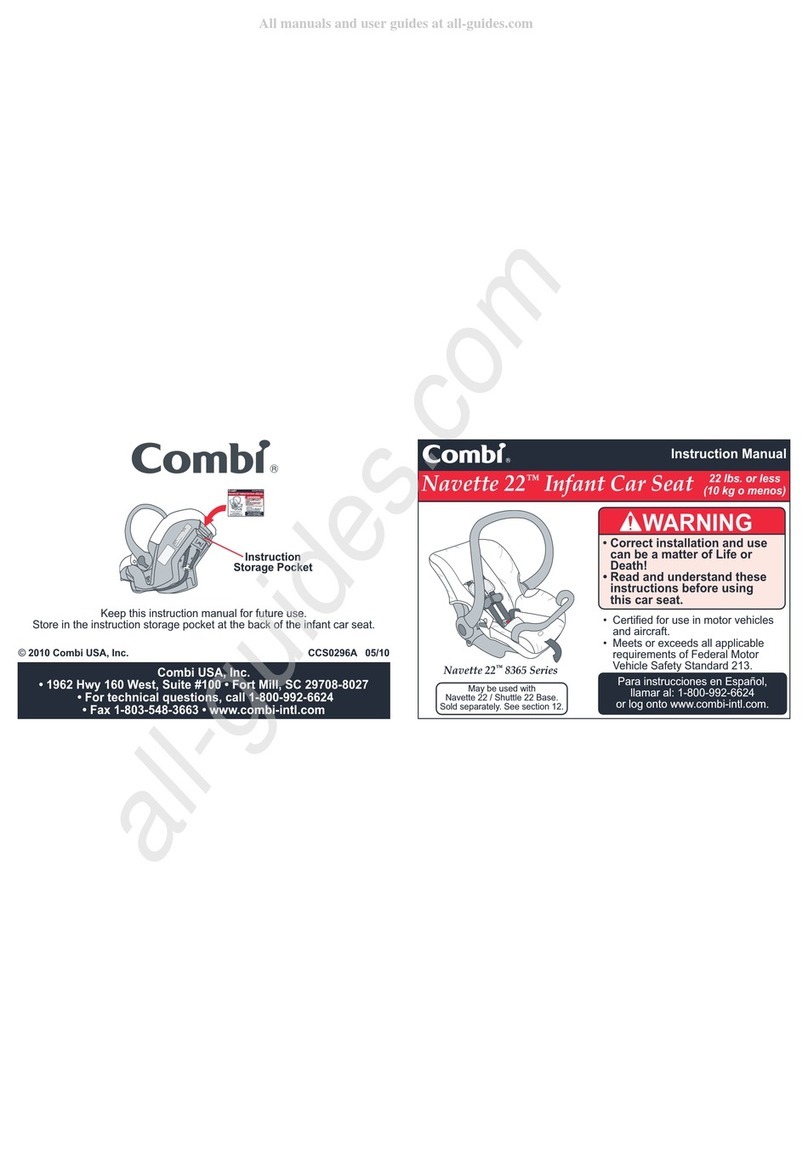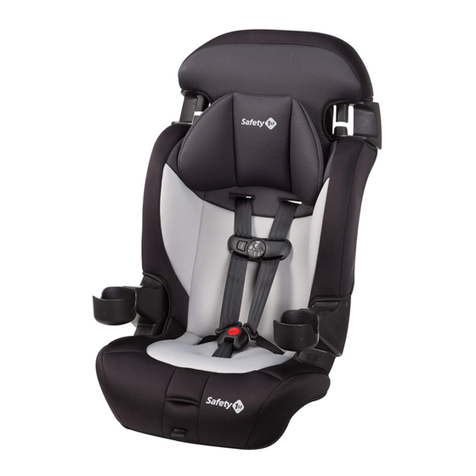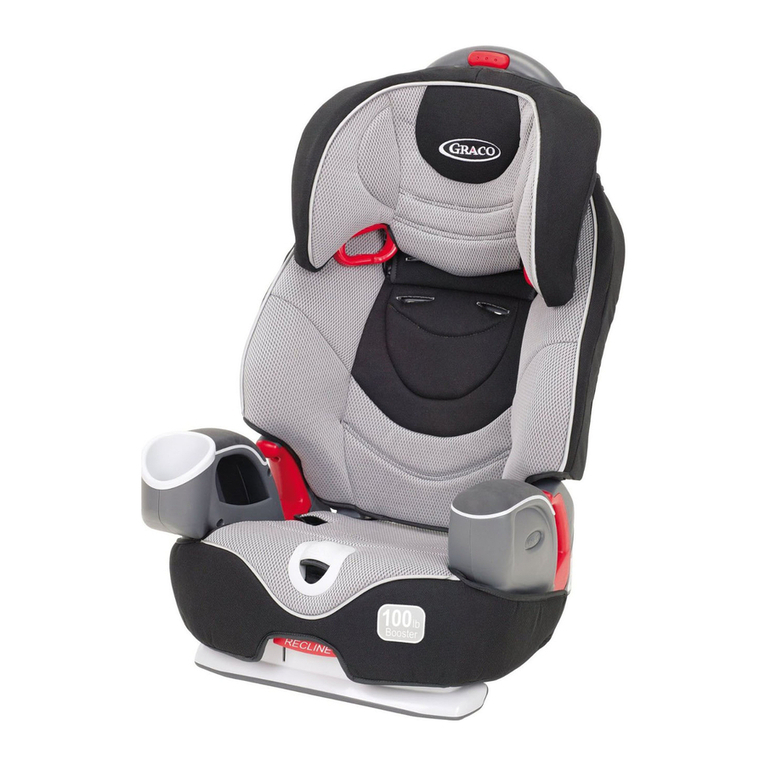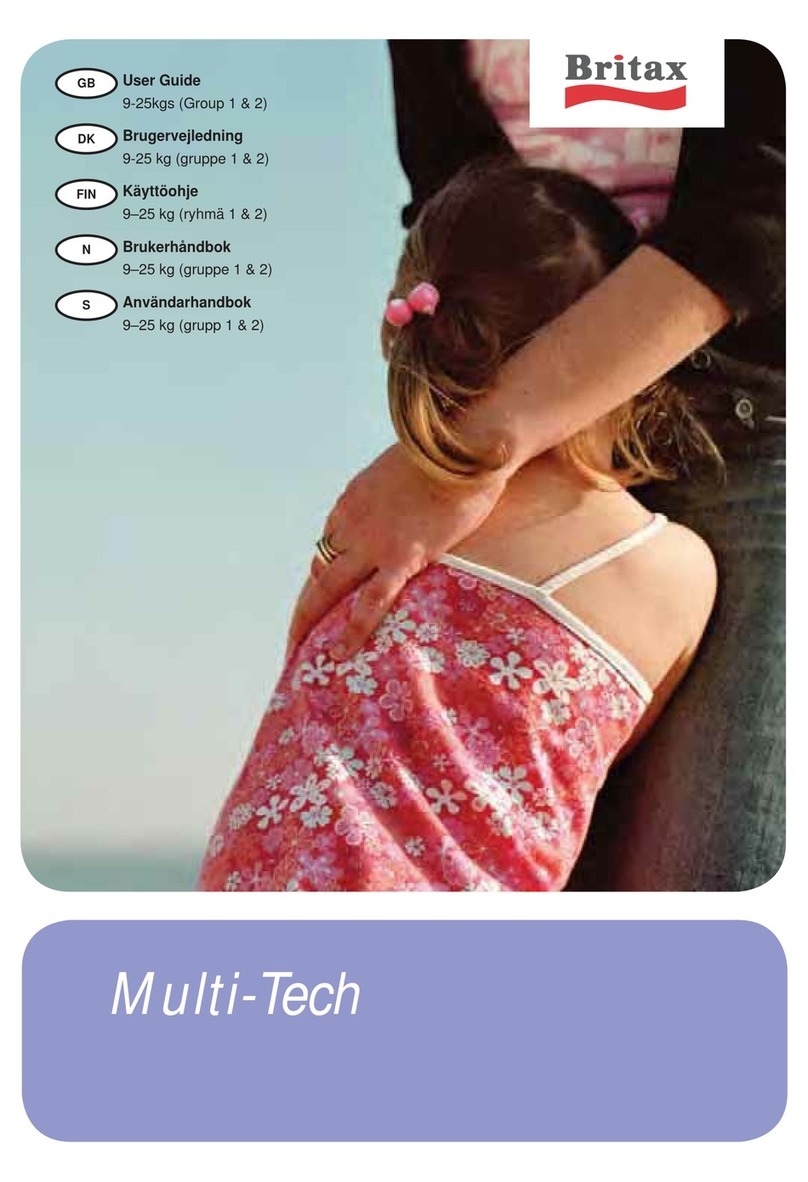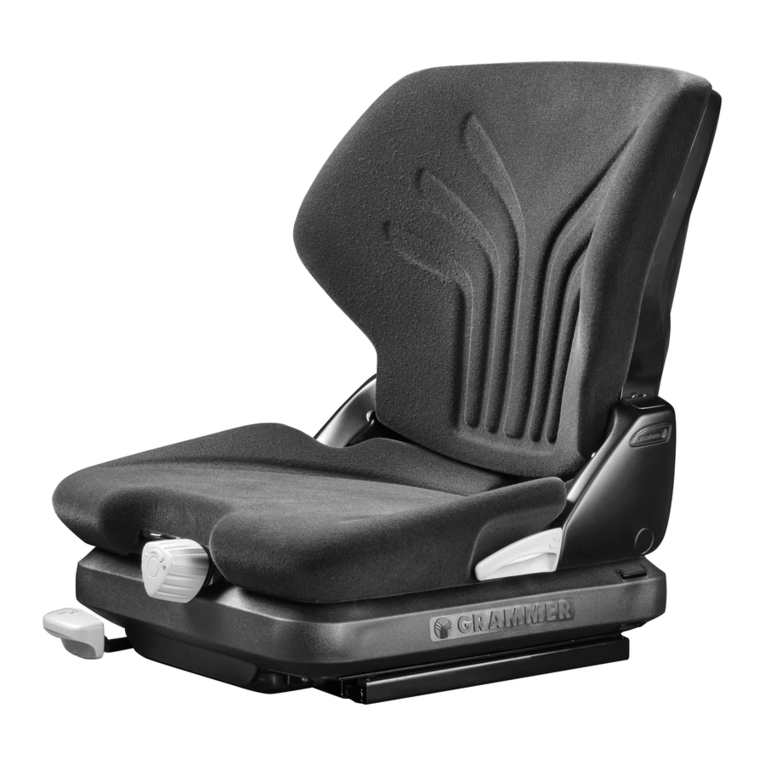
Table of Contents
Getting Started................................................1
Parts of the Child Restraint......................................2
Prepare Child Restraint to Fit Your Child...................6
How Does Your Child Fit?.........................................8
Changing Position of Buckle.....................................9
Changing Position of Shoulder Harness Strap.............11
Harness System Adjustments for Smaller Infants........13
Securing Child in Child Restraint.............................16
General Use .....................................................19
Removing and Installing Child Restraint to Base.........19
Adjusting the Base.................................................20
Carrier Use............................................................21
Removing Seat Pad for Cleaning .............................23
Removing Harness System......................................26
Installing Harness System.......................................28
Canopy Removal and Installation.............................31
Accessories...........................................................33
Safety Information ....................................... 34
Child Restraint Use.................................................34
Installation in Vehicle..............................................35
Vehicle Seating Position..........................................35
Vehicle Information...................................... 37
Choosing Lower Anchor Belt or Vehicle Belts ...........37
Knowing Your Vehicle Belts.....................................39
Aircraft Information.................................................43
Rear Facing with Base................................... 44
Lower Anchor Belt Installation with Base...........45
Vehicle Belt Installation with Base ....................49
Rear Facing without Base............................ 52
Vehicle Belt Installation without Base..............53
General Information..................................... 55
Using a Locking Clip...............................................55
Dorel Juvenile Group Information.............................58
Registration and Safety Notices...............................59
Warranty ...............................................................60
Replacement Parts Order Form...............................62
Troubleshooting.....................................................64
